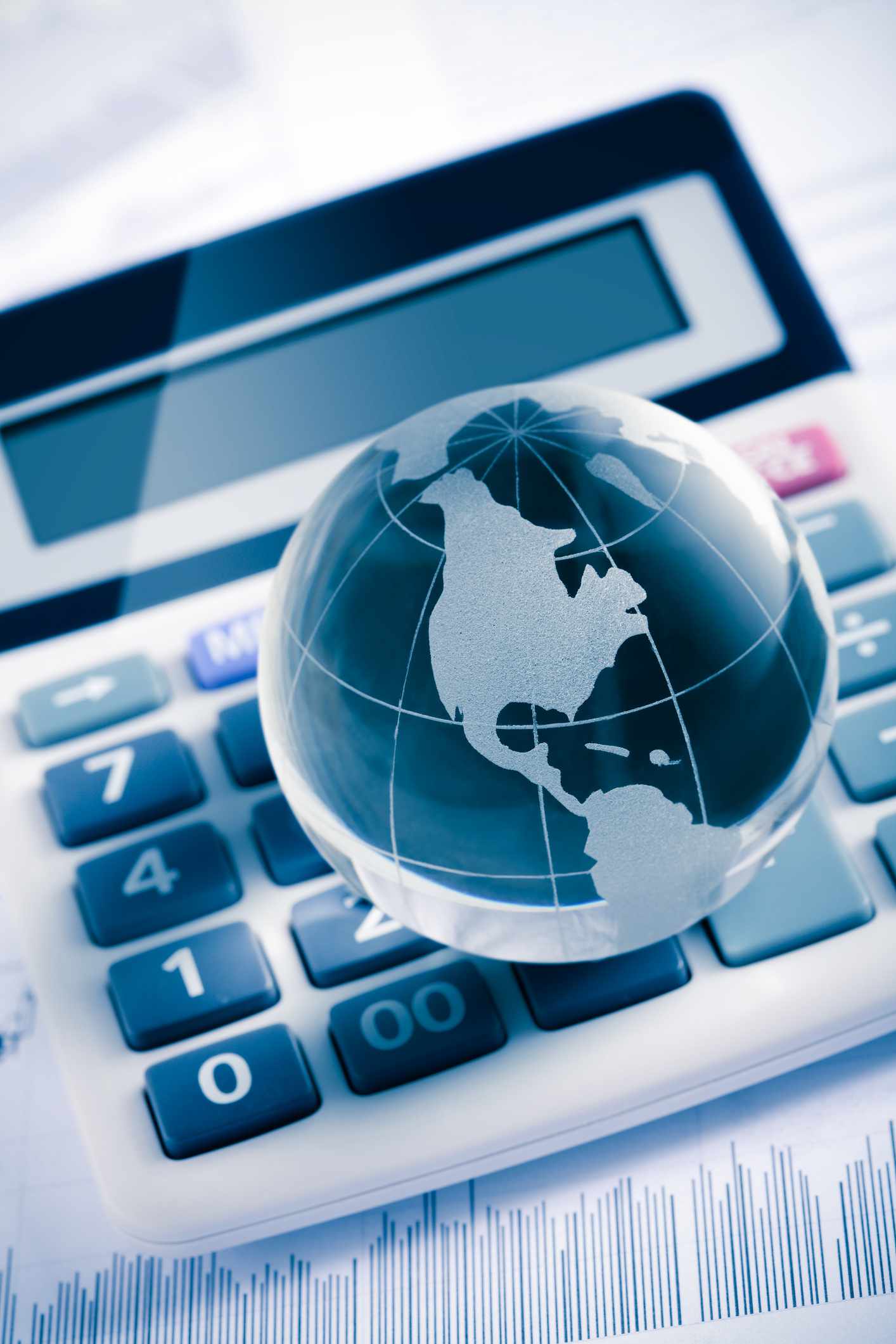What Is an Exchange Rate Mechanism (ERM)?
An exchange rate mechanism (ERM) is a set of procedures used to manage a country’s currency exchange rate relative to other currencies. It is part of an economy’s monetary policy and is put to use by central banks.
Such a mechanism can be employed if a country utilizes either a fixed exchange rate or one with a constrained floating exchange rate that is bounded around its peg (known as an adjustable peg or crawling peg).
Key Takeaways
- An exchange rate mechanism (ERM) is a way that governments can influence the relative price of their national currency in forex markets.
- The ERM allows the central bank to tweak a currency peg in order to normalize trade and/or the influence of inflation.
- More broadly, ERM is used to keep exchange rates stable and minimize currency rate volatility in the market.
Understanding the Exchange Rate Mechanism
Monetary policy is the process of drafting, announcing, and implementing the plan of actions taken by the central bank, currency board, or other competent monetary authority of a country that controls the quantity of money in an economy and the channels by which new money is supplied. Under a currency board, the management of the exchange rate and money supply is given to a monetary authority that makes decisions about the valuation of a nation’s currency. Often, this monetary authority has direct instructions to back all units of domestic currency in circulation with foreign currency.
An exchange rate mechanism is not a new concept. Historically, most new currencies started as a fixed exchange mechanism that tracked gold or a widely traded commodity. It is loosely based on fixed exchange rate margins, whereby exchange rates fluctuate within certain margins.
An upper and lower bound interval allows a currency to experience some variability without sacrificing liquidity or drawing additional economic risks. The concept of currency exchange rate mechanisms is also referred to as a semi-pegged currency system.
Real World Example: The European Exchange Rate Mechanism
The most notable exchange rate mechanism occurred in Europe during the late 1970s. The European Economic Community introduced the ERM in 1979, as part of the European Monetary System (EMS), to reduce exchange rate variability and achieve stability before member countries moved to a single currency. It was designed to normalize exchange rates between countries before they were integrated in order to avoid any problems with price discovery.
On September 16, 1992, a day known as Black Wednesday, a collapse in the pound sterling forced Britain to withdraw from the European exchange rate mechanism (ERM).
The exchange rate mechanisms came to a head in 1992 when Britain, a member of the European ERM, withdrew from the treaty. The British government initially entered the agreement to prevent the British pound and other member currencies from deviating by more than 6%.
Real World Example: Soros and Black Wednesday
In the months leading up to the 1992 event, legendary investor George Soros had built up a monumental short position in the pound sterling that became profitable if the currency fell below the lower band of the ERM. Soros recognized that Britain entered the agreement under unfavorable conditions, the rate was too high, and economic conditions were fragile. In September 1992, now known as Black Wednesday, Soros sold off a large portion of his short position to the dismay of the Bank of England, who fought tooth and nail to support the pound sterling.
The European exchange rate mechanism dissolved by the end of the decade, but not before a successor was installed. The exchange rate mechanism II (ERM II) was formed in January 1999 to ensure that exchange rate fluctuations between the Euro and other EU currencies did not disrupt economic stability in the single market. It also helped non-euro-area countries prepare to enter the euro area.
Most non-euro-area countries agree to keep exchange rates bound to a 15% range, up or down, against the central rate. When necessary, the European Central Bank (ECB) and other nonmember countries can intervene to keep rates in the window. Some current and former members of the ERM II include Greece, Denmark, and Lithuania.

Leave a Reply